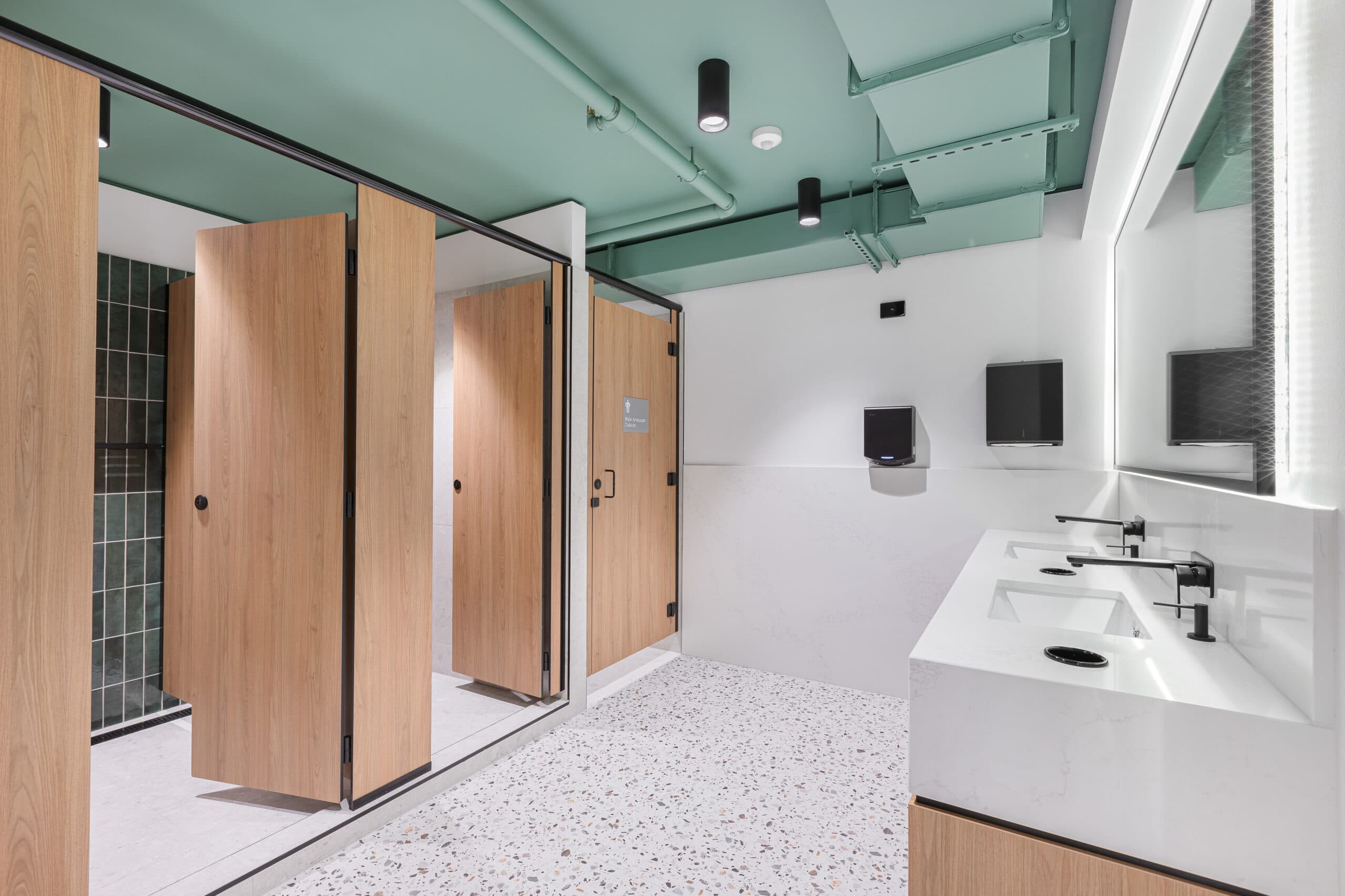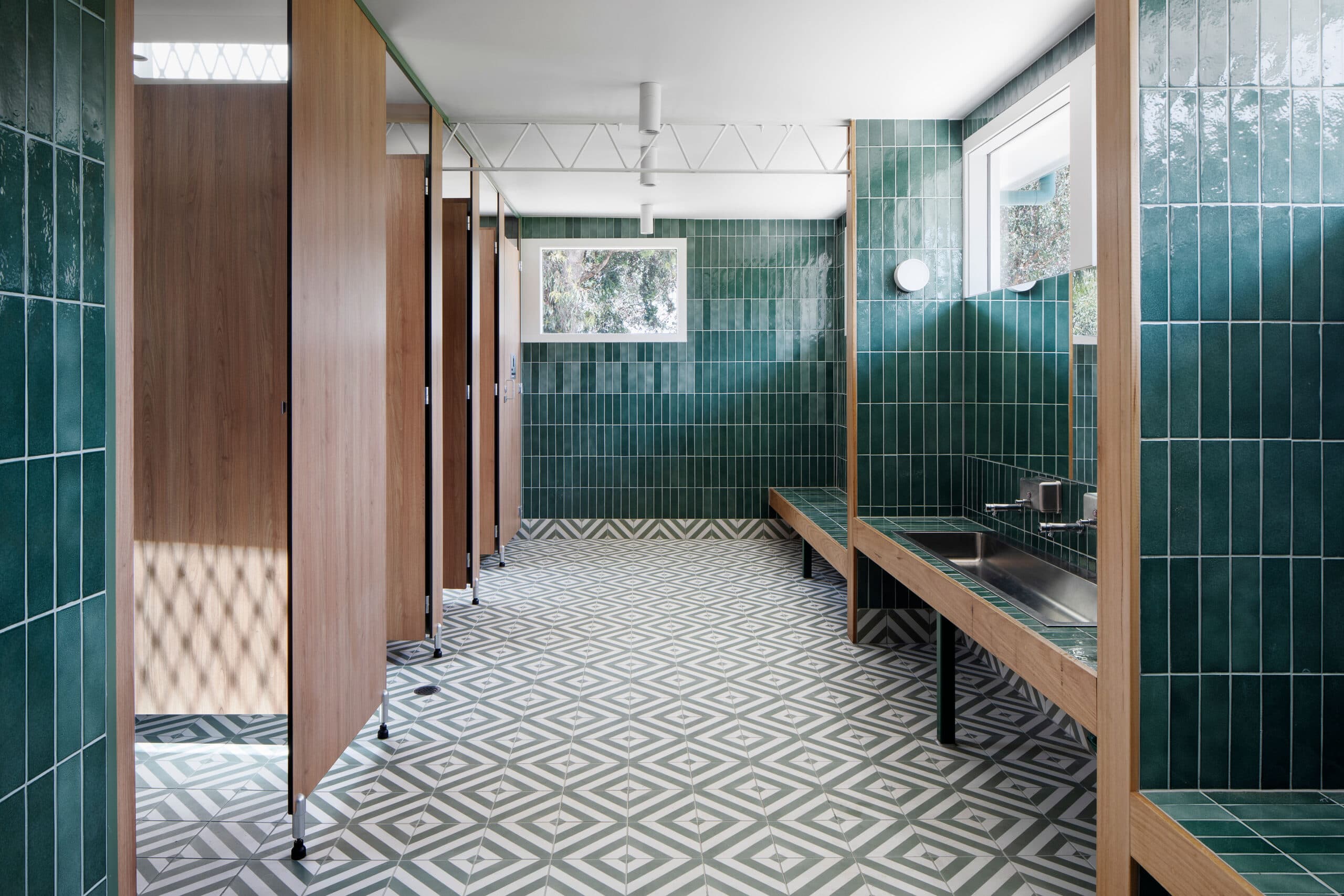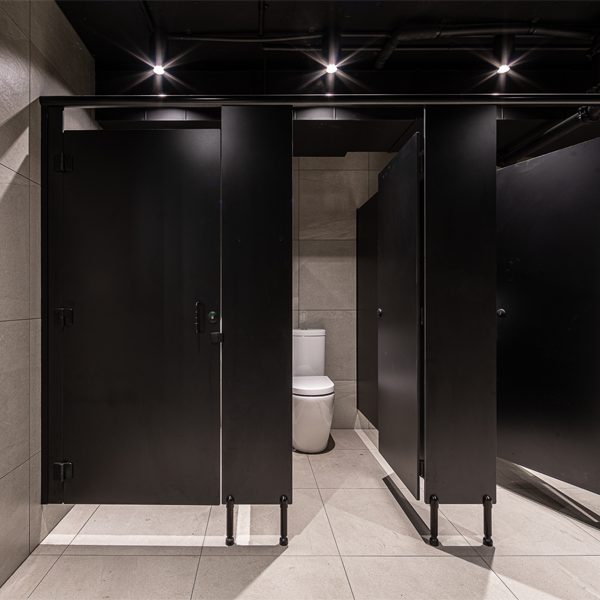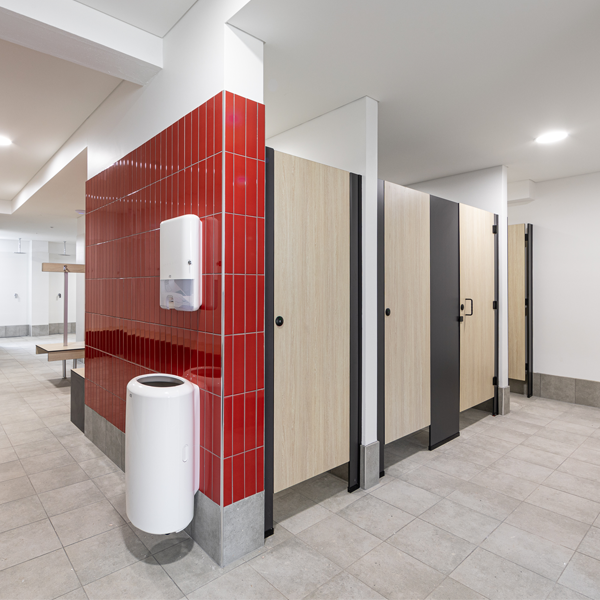In the design and renovation of washrooms, aesthetics and functionality are often viewed as opposing forces. While functionality ensures that the washroom serves its practical purposes efficiently, aesthetics contributes to the overall ambiance, comfort, and user experience. Achieving a harmonious balance between these two elements is crucial in creating a washroom that is not only visually appealing but also practical and efficient.
This article explores the vital role of aesthetics in washroom functionality, discussing how design elements, materials, and overall layout can enhance both beauty and usability.
The Importance of Aesthetics in Washroom Design
First Impressions Matter
The washroom is one of the most frequently used spaces in a home, and its appearance can significantly impact a visitor’s impression. A well-designed washroom can create a sense of cleanliness and order, setting a positive tone for the rest of the house. In hospitality settings, such as hotels or restaurants, a beautifully designed washroom can enhance customer satisfaction, reflecting the overall quality of the establishment.
Enhancing User Experience
Aesthetics play a crucial role in shaping the user experience. Elements such as colour, texture, lighting, and layout can create an inviting environment that promotes relaxation and comfort. For instance, soft, warm colours can make a small washroom feel more spacious and serene, while the strategic use of lighting can highlight architectural features or create mood. A washroom that feels good to be in can make routine activities like washing hands or grooming feel more enjoyable.
Psychological Impact
The design of a washroom can have psychological effects on users. A cluttered and poorly designed space can lead to feelings of stress and discomfort. Conversely, an aesthetically pleasing washroom can promote a sense of well-being and calm. The psychological benefits of a well-designed washroom can enhance daily routines, making them more pleasurable and less of a chore.
Functional Elements of Washroom Design
Layout and Space Utilisation
One of the most critical aspects of washroom functionality is the layout. An efficient layout maximises space and ensures that all essential elements are easily accessible. When designing a washroom, it’s important to consider the flow of movement, ensuring that users can navigate the space comfortably. For instance, placing the sink near the entrance allows for easy access, while keeping the toilet and shower in more private areas can enhance comfort.
Storage Solutions
Aesthetics should not compromise functionality when it comes to storage. Clutter can quickly turn a beautifully designed washroom into a chaotic space. Therefore, incorporating effective storage solutions that blend seamlessly with the design is essential. Built-in cabinets, open shelving, and decorative baskets can provide storage while enhancing the overall look of the space.
Fixtures and Fittings
The choice of fixtures and fittings is another critical factor in achieving the perfect balance between aesthetics and functionality. From faucets and showerheads to toilets and sinks, these elements should not only serve their practical purposes but also complement the overall design theme. For instance, a modern washroom may feature sleek, minimalist fixtures, while a traditional space may benefit from ornate, vintage-style fittings.
Water Efficiency and Sustainability
In today’s world, sustainability is a significant consideration in washroom design. Aesthetics can be harmonised with functionality through the selection of water-efficient fixtures and sustainable materials. Low-flow toilets and showerheads, as well as eco-friendly materials, can reduce water consumption while still maintaining an attractive appearance. Designers can create stunning washrooms that are also environmentally responsible, appealing to eco-conscious consumers.
Design Elements That Enhance Aesthetics and Functionality
Colour Schemes
Color plays a pivotal role in washroom design. The right colour scheme can enhance the mood and perceived size of the space. Lighter colours, such as whites, pastels, and soft neutrals, can make a small washroom feel larger and more open. Conversely, darker colours can create a cosy, intimate atmosphere, ideal for larger spaces.
Texture and Materials
Incorporating various textures and materials can significantly enhance the visual appeal of a washroom. Smooth tiles, soft textiles, and natural wood can create a multi-dimensional experience that draws the eye and adds interest. Additionally, the choice of materials can impact the functionality of the space. For example, slip-resistant tiles can enhance safety, while high-quality finishes can improve durability and ease of maintenance.
Lighting Design
Lighting is a crucial element that influences both aesthetics and functionality. A well-lit washroom enhances visibility, making daily tasks easier. However, lighting can also set the mood and create an inviting atmosphere. Layering different types of lighting, such as ambient, task, and accent lighting, can achieve both practical and aesthetic goals.
Incorporating natural light through windows or skylights can also enhance the space, providing a fresh and airy feel. However, privacy is paramount in washroom design; thus, using frosted glass or strategically placing windows is essential to maintain a balance between light and seclusion.
Decorative Accents
Decorative elements, such as artwork, mirrors, and plants, can elevate the aesthetic appeal of a washroom while serving functional purposes. Mirrors, for example, are essential for grooming tasks, but they also reflect light and create a sense of space.
Incorporating greenery through potted plants or succulents can add a touch of nature, enhancing the overall ambiance while improving air quality. The selection of decorative accents should align with the overall design theme, ensuring that they complement rather than clash with the space.
The Balance Between Aesthetics and Functionality
Prioritising User Needs
The key to finding the perfect balance between aesthetics and functionality lies in prioritising user needs. Understanding who will use the washroom and how they will interact with the space is essential in making design choices. For example, a family washroom may require durable materials and ample storage, while a guest washroom may focus more on aesthetics to impress visitors.
Flexibility in Design
Flexibility is another crucial aspect of achieving balance. Designs should accommodate changes over time, whether due to evolving family needs or shifting aesthetic preferences. Incorporating modular elements, such as adjustable shelving or removable fixtures, can allow for easy updates without requiring a complete overhaul of the space.
Practicality in Aesthetic Choices
While aesthetics are vital, they should never come at the expense of practicality. Selecting materials and designs that are easy to clean and maintain is crucial in ensuring long-term functionality. For instance, while intricate tile patterns may be visually stunning, they may also require more effort to clean compared to simpler designs.
Regular Maintenance
To maintain the balance between aesthetics and functionality, regular maintenance is essential. A beautiful washroom can quickly lose its appeal if not cared for properly. Establishing a cleaning routine and using the right products can ensure that the space remains as visually pleasing as the day it was completed.
The balance between aesthetics and functionality in washroom design is a delicate dance that requires careful consideration of various elements. A washroom that is visually appealing can significantly enhance the user experience, creating a sense of comfort and well-being. However, this should never come at the expense of practicality.
By prioritising user needs, incorporating effective storage solutions, selecting appropriate materials, and employing thoughtful design choices, homeowners and designers can create washrooms that are both beautiful and functional. The integration of aesthetics and functionality is not merely a trend but a necessity for creating spaces that enrich daily life. As we continue to evolve in our understanding of design principles, the future of washroom design promises to be as innovative as it is harmonious, ultimately leading to more enjoyable and efficient spaces for all.






